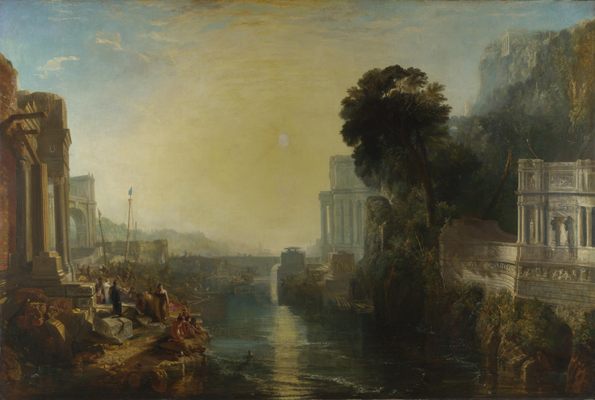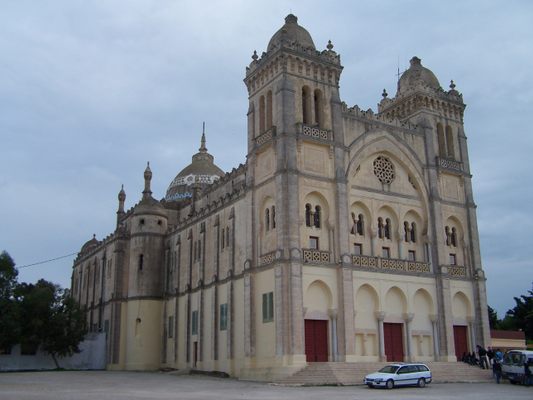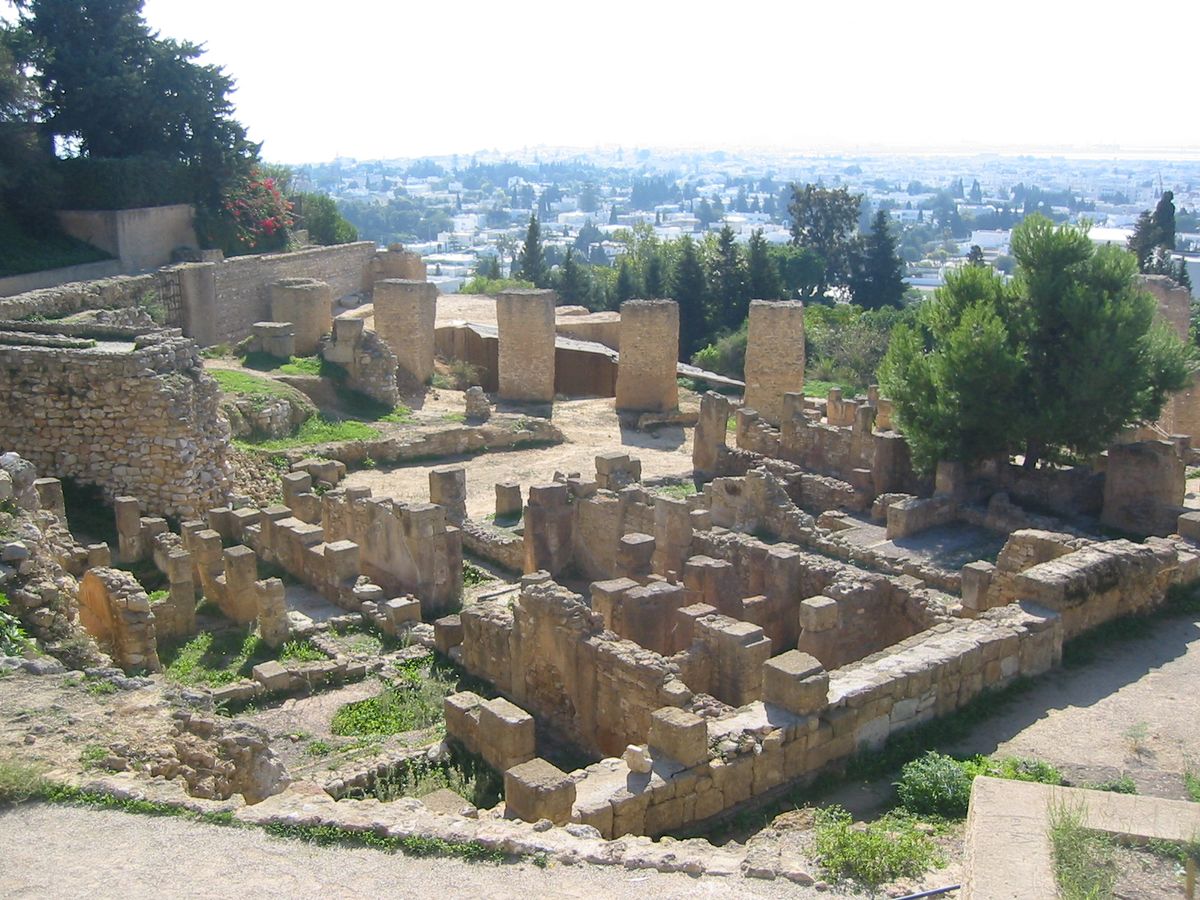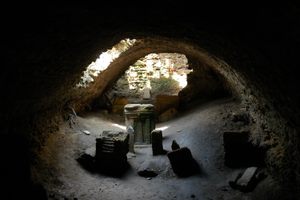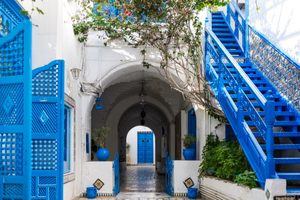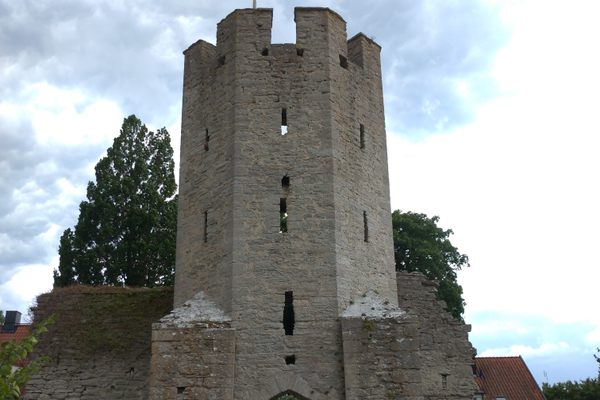About
According to Virgil's The Aeneid, the ancient Phoenician city of Carthage was founded by the Tyrian princess Elissa, better known as Dido. After her brother, King Pygmalion, exiled her from her homeland, Dido sailed westward with her loyal vassals. She arrived at the North African coast and encamped on a hill overlooking what would become Carthage. The hill, which came to be known as Byrsa, was the site of a walled citadel that was the center of Carthage's military power.
As the story goes, after Dido arrived the local Berber chieftain came to her offering as much land as a single oxhide could cover. The clever princess cut the oxhide into tiny strips and placed them on the ground end to end, encircling the entire hill. Apocryphally, this is said to be the origin of the name Byrsa, which sounds similar to a Greek word meaning "oxhide."
In reality, the story of Carthage is older than its association with the Hellenistic world. The city was founded around 814 B.C. in what is now Tunisia. As for the naming of Byrsa, there are theories more plausible than the version told in The Aeneid. The name may be a corruption of Phoenician barsat, which means "stronghold," or it could be related to the Semitic word bostra (cliff) or Akkadian birtu (fortress).
The citadel on Byrsa Hill dominated the city below, and was the keystone of its military and defense. During the Third Punic War (149–146 B.C.), the Roman general Scipio Aemilianus Africanus besieged the hill and defeated Carthage. For some time afterwards, the Roman Empire occupied the Byrsa citadel as the seat of proconsul of Africa. Carthage was then invaded and taken possession of by the 5th-century barbarian king Geiseric, who established the Vandal Kingdom's capital on Byrsa Hill; the Vandals were defeated a century later by the Byzantine emperor Justinian.
In 1884, Saint Louis Cathedral was constructed atop the ruins of an ancient temple dedicated to Eshmun, the Punic god of healing, on the peak of Byrsa Hill. A Roman Catholic church built in Byzantine-Moorish style, its usage as a place of worship was discontinued in 1964. Today it is known as the Acropolium, where public events and concerts of traditional Tunisian music are held from time to time.
The Carthage National Museum, which was founded in 1875, is also located on top of Byrsa Hill. It is home to a large collection of Punic and Roman artifacts from Carthage's bygone days.
Related Tags
Tunisia: The Sahara, Mosaics & Star Wars Relics
A Sahara journey through ancient oases, diverse culture, & delicious cuisine.
Book NowPublished
April 29, 2020







